10 Simple Earth Day Science Activities for Kids
Looking to add some science to your Earth Day celebration this year? I’ve compiled 10 easy science activities that you can do at home or in a classroom that will have learners of all ages engaged and excited about sustainability!

This post contains affiliate links.
Earth Day is a fantastic time to celebrate the beauty and life-sustaining power of our amazing blue planet. It’s also a wonderful time to engage students of all ages in sustainability science activities to better understand how their actions can positively effect the Earth.
A Brief History of Earth Day
Earth Day is an annual event celebrated on April 22nd to promote environmental protection and raise awareness about the importance of preserving our planet’s natural resources. Here is a brief history of Earth Day:
In 1962, Rachel Carson published her book “Silent Spring,” which discussed the impact of pesticides on the environment and raised concerns about the harm humans were doing to the planet.
In 1969, Senator Gaylord Nelson of Wisconsin, a strong advocate for environmental issues, proposed a national teach-in on the environment to raise awareness about pollution and other environmental problems. He chose April 22nd as the date, because it fell between spring break and final exams, and he thought it would be a good time to mobilize students.
On April 22, 1970, the first Earth Day was celebrated, with millions of Americans participating in rallies, marches, and other events to raise awareness about the need for environmental protection. The event helped to spur the creation of the Environmental Protection Agency (EPA) and other environmental laws, such as the Clean Air Act and the Clean Water Act.
Earth Day has since become a global event, with over 1 billion people in 192 countries participating in activities to promote environmental protection and sustainable living.
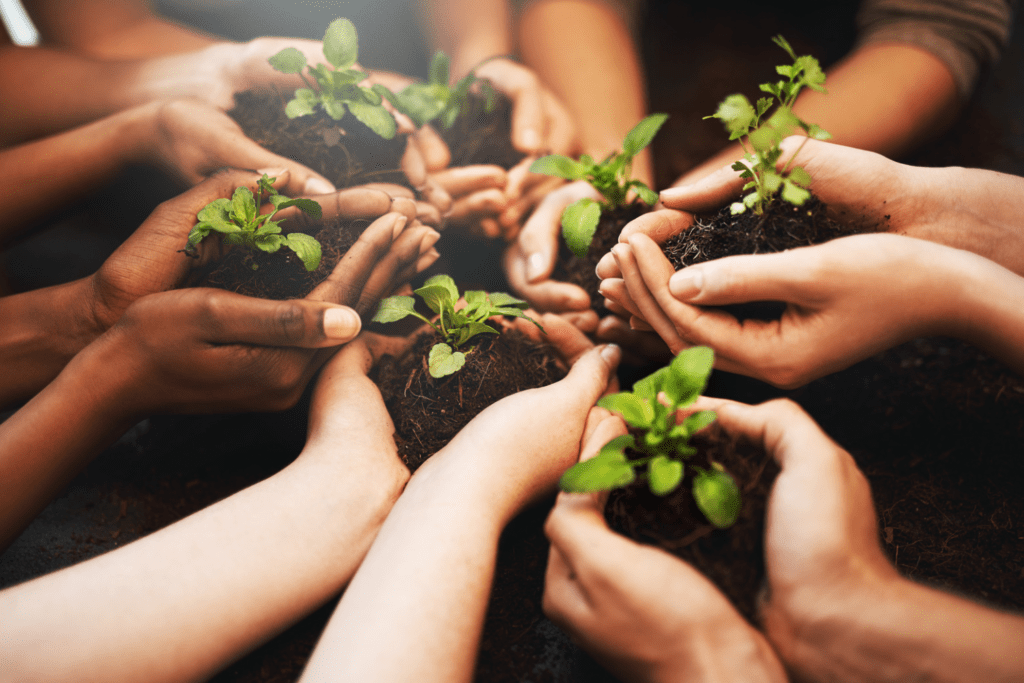
Earth Day Science Activities for Kids
As a STEM teacher, I loved incorporating sustainability into my daily science lessons. I am passionate about creating science activities that are focused on sustainable living concepts, making the science behind eco-friendly living easy to understand. From my classroom to in-person workshops to virtual homeschool groups, I’ve used the following activities to engage learners of all ages in discussions about sustainability. Here are a few of my favorite activities to incorporate into any Earth Day celebration.
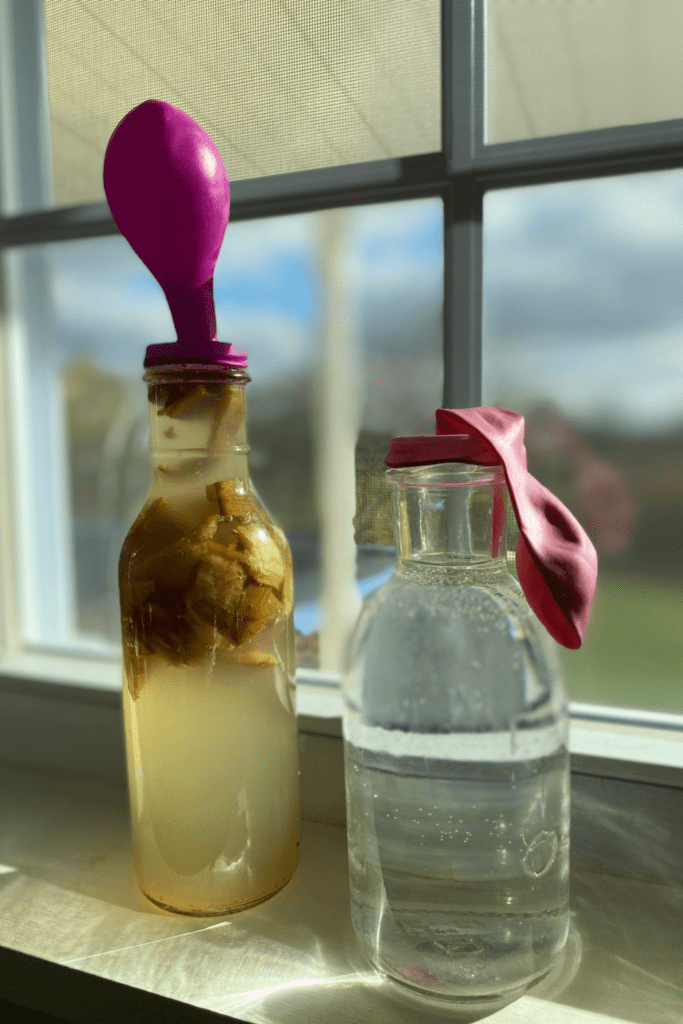
1. Landfill Learning: The Science of Food Scrap Breakdown
Want a way to convince your kids to not waste their food? Or maybe you’re looking for a simple science experiment that visualizes what happens when food scraps get sent to a landfill? Whatever your objective, this easy Earth Day demonstration will have your entire audience a-”gas”t at the results. Pun obviously intended.
Explaining the Science Behind the Landfill Experiment
When food scraps get sent to a landfill, they will break down very slowly in the oxygen-lacking (anaerobic) environment by bacteria that do not require oxygen to survive. As the bacteria decompose the food, they create two greenhouse gases – carbon dioxide (CO2) and methane (CH4). Both CO2 and CH4 are very good at trapping heat, methane even more so, due to its chemical structure and its molecular lifespan in the atmosphere.
For comparison’s sake, when food scraps are composted, they break down in an oxygenated (aerobic) environment by bacteria that require oxygen to survive. As these bacteria decompose food, they still create carbon dioxide, however they do not produce methane. Instead, they create water.
Free Landfill Learning Science Experiment Printable
To make this Earth Day science experiment even easier for you, download this free landfill learning printable that I created with my co-founder of Raising Global Kidizens.

2. Sustainable STEM Design Challenge Using Compostable Packaging
Starch packing peanuts aren’t just a terrific alternative to petroleum-based packaging, they’re also an excellent material for introducing the basics of architectural design and environmental engineering for Earth Day! Since these compostable packing peanuts are made of either cornstarch or potato starch, they become sticky when exposed to water. Their adhesive property, when wet, makes them a fantastic material to create a fun, family Earth Day challenge!
Materials Needed for the Sustainable STEM Design Challenge
- 30 compostable packing peanuts per person
- Water
- Piece of paper or cardboard to use as a base to build upon
- Quarter
- Ruler
Instructions for the Sustainable STEM Design Challenge
The instructions for the Earth Day sustainable STEM design challenge are simple. Students are asked to build the tallest, freestanding tower out of no more than 30 compostable packing peanuts. The packing peanut tower must be able to hold a quarter (or any object of similar size and weight) when placed on top of it.
Depending on the ages of your participants, you may want to first show them some pictures of various tall towers and ask them to look for similarities. See if they come up with the idea that, in order to increase the stability of the tower, the base must be the widest part.
Discussions to Have About the Sustainable STEM Design Challenge
This is a great alternative to the traditional family game night, and can spark insightful discussion on why the properties of materials must be considered when designing a product. Obviously, starch packing peanuts wouldn’t be a good choice for building a tower in real life, but they are an excellent replacement of the traditional styrofoam-like version. Take the challenge a step further and continue the discussion on sustainable building materials, or what constitutes a LEED certified building.
And at the end of the challenge, chuck the towers in your compost bin or dissolve them in water!
Free Sustainable STEM Design Challenge Workbook
Want a free, downloadable workbook to walk your learners through the STEM design challenge, along with the science behind petroleum versus starch packing peanuts? Simply enter your information below!
3. Upcycled Cardboard Tube Seedling Starters for Earth Day
Nothing says celebrating Earth Day like planting some seeds! But, why not make it a bit more meaningful and grow your own food? With these simple instructions, you can make your own seedling pots out of newspaper or toilet paper rolls and get growing ASAP!
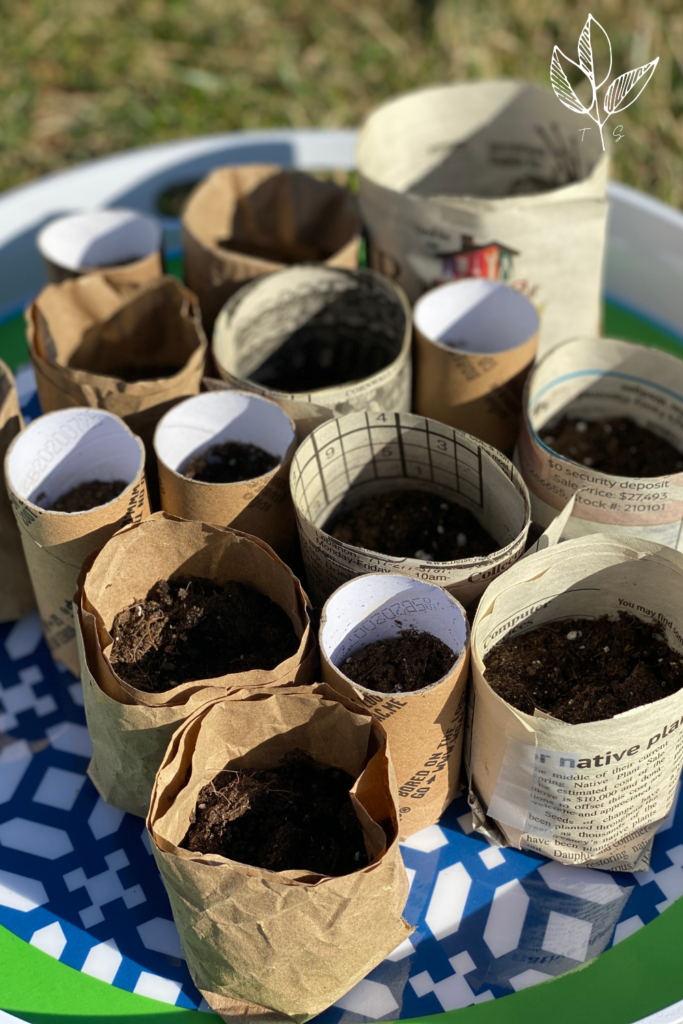
Materials Needed for the Cardboard Tube Seedling Starters
Here is a simple list of materials that you’ll need to make the upcycled cardboard seedling starters.
- Toilet paper roll
- Scissors
- Newspaper or brown paper
- Rounded bottle or jar
- Tape
- Potting soil
- Seeds of your choice!
Instructions to Make the Cardboard Toilet Paper Roll Seedling Starters
These simple toilet paper roll seedling starters will take minutes to make and provide your learners with months of learning opportunities.
- Make six to eight 1-2 cm cuts on one end of the toilet paper roll
- Fold the cuts inward to create a makeshift bottom to the tube
- Fill the tube halfway with potting soil
- Plant your seed in the soil to the depth recommended on the seed packet
- Water and place in a sunny spot
How to Care for your Seedlings Grown in Cardboard Tubes
When your seedlings are well established (at least 1-2 pairs of leaves have formed) simply bury your upcycled pot in the soil outside and continue to watch your plant grow! Due to the fact that newspaper, brown paper and toilet paper tubes are compostable, there’s no need to remove the plant from the pot prior to planting!
If your family likes pizza, you may want to consider planting a pizza garden! My friend Jen at Honestly Modern will tell you everything you need to know to grow the essentials for a pizza garden, like parsley, basil and tomatoes, and the companion gardening tricks behind these delicious edibles!
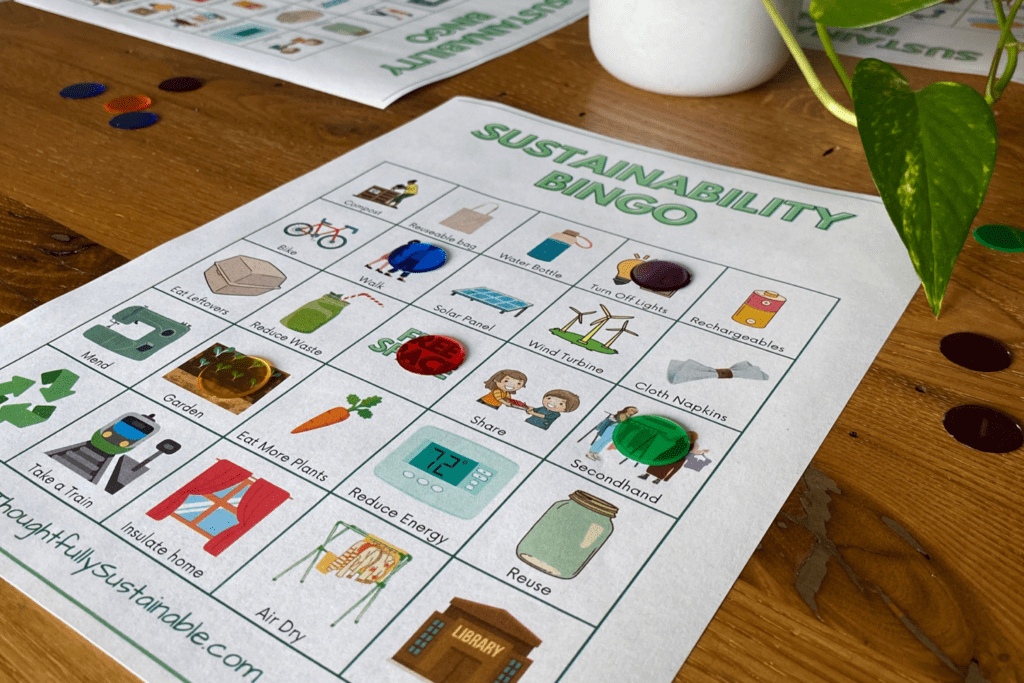
4. Play Sustainability Bingo for Earth Day
Introduce your community to sustainable living habits through the classic game of bingo! Composting, eating leftovers, reducing energy consumption, and planting a garden are just some of the 30+ examples provided in this fun family favorite. I’ve created a free printable includes 30 different game boards and two sheets of calling cards and is perfect for classrooms, birthday parties, and community events of all ages. Download your copy of Sustainability Bingo here!
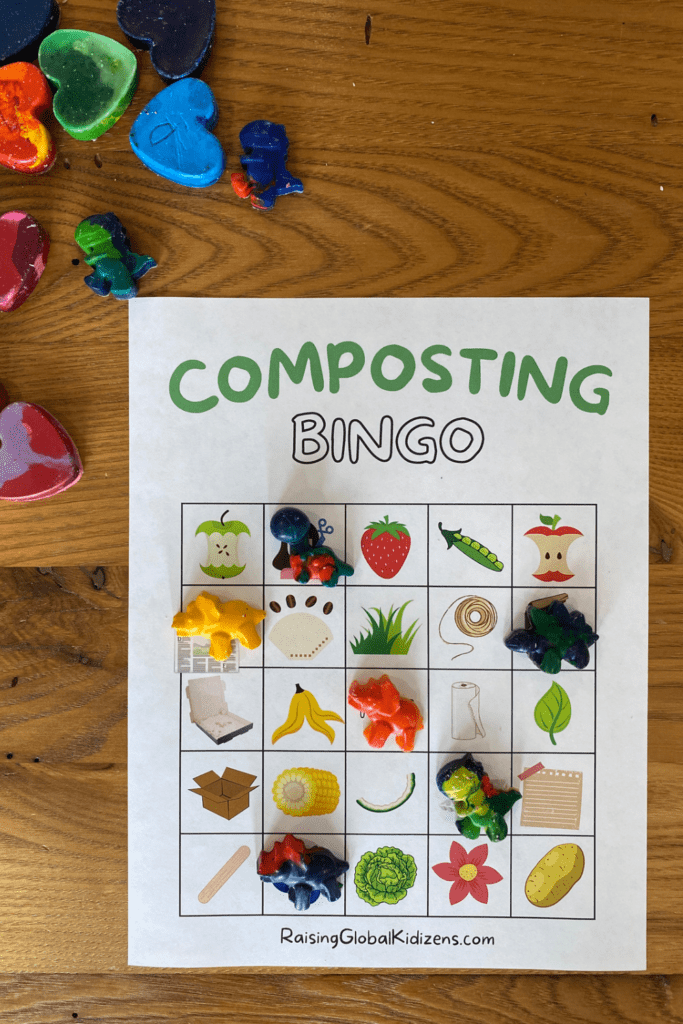
5. Learn About the Chemistry of Composting + Free Bingo Game
The chemistry behind composting is pretty amazing science. Teaching kids about composting is a fantastic way to incorporate chemistry and environmental science into an eco-friendly Earth Day lesson. Discover how to explain the chemistry of composting to kids with a free, printable activity in English and Spanish.
Once you’ve covered the basics of composting, review the concepts by playing a bingo game focused on composting! Over at Raising Global Kidizens, we created a simple, fun, and free What To Compost BINGO game to highlight all sorts of items that you can compost. We’ve used it with learners of all ages from preschool students to grandparents. BINGO is a game for all ages and composting is important for everyone too!
If you want to play our ‘What To Compost’ BINGO for Earth Day (or any day), drop your email in the form below and we’ll send it right along to your inbox. The download includes 50 unique BINGO cards as well as a sheet with all the items to call out to players. We glued our items to the back of a cracker box before cutting them out to help make them a bit more durable, but do whatever works best for you.
6. Free Composting Coloring Page Printable
Are you searching for an additional educational activity that can help kids better understand the basic concepts of composting? Download a free composting coloring page to teach them about materials that can be composted!
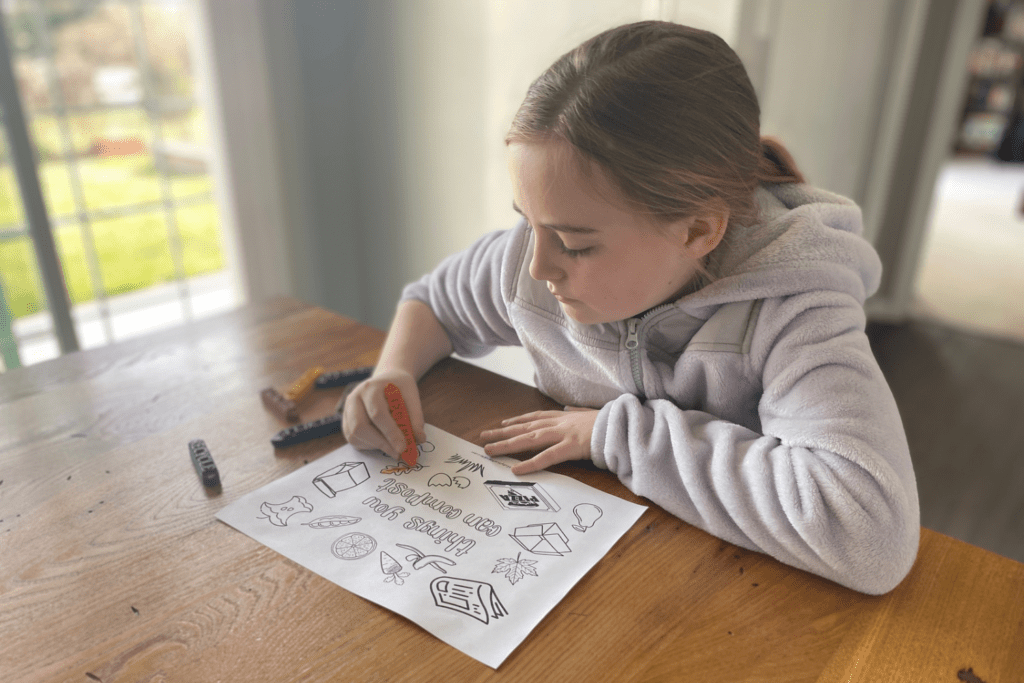
7. Questions and Answers About Climate Change
Having discussions about climate change may seem daunting. You want to make sure you understand the major concepts while remembering a host of facts and figures. Let me be the first to tell you that memorizing the details of global temperature rise or occurrences of inland flooding events and wildfires isn’t necessary. I’ve compiled a list of the most commonly asked questions about climate change, along with some helpful responses in an effort to help you have a better understanding of climate change and be able to communicate this information to your children, your students, or anyone that’s willing to engage in conversation with you!
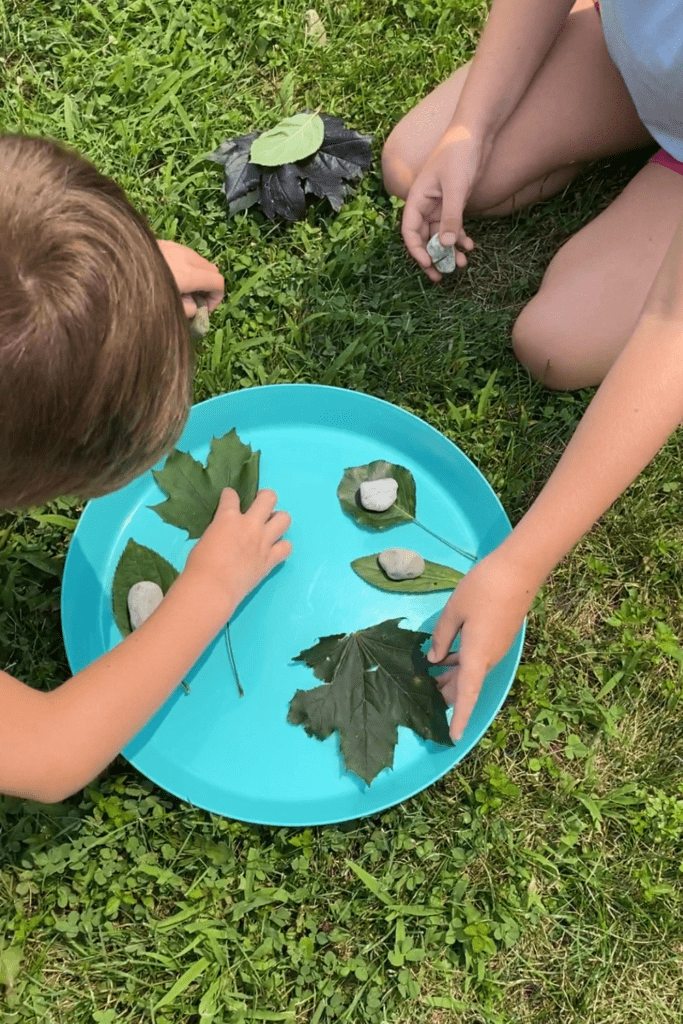
8. The Power of Plants: Visualizing Photosynthesis
There’s no better time than Earth Day to celebrate the life-sustaining power of plants. From their absorption of carbon dioxide to their creation of oxygen, plants play a vital role in heathy ecosystems across the globe.
Looking for a science experiment that visualizes how the process of photosynthesis works? Check out this simple outdoor science project that requires very few materials and can be done at home or school!
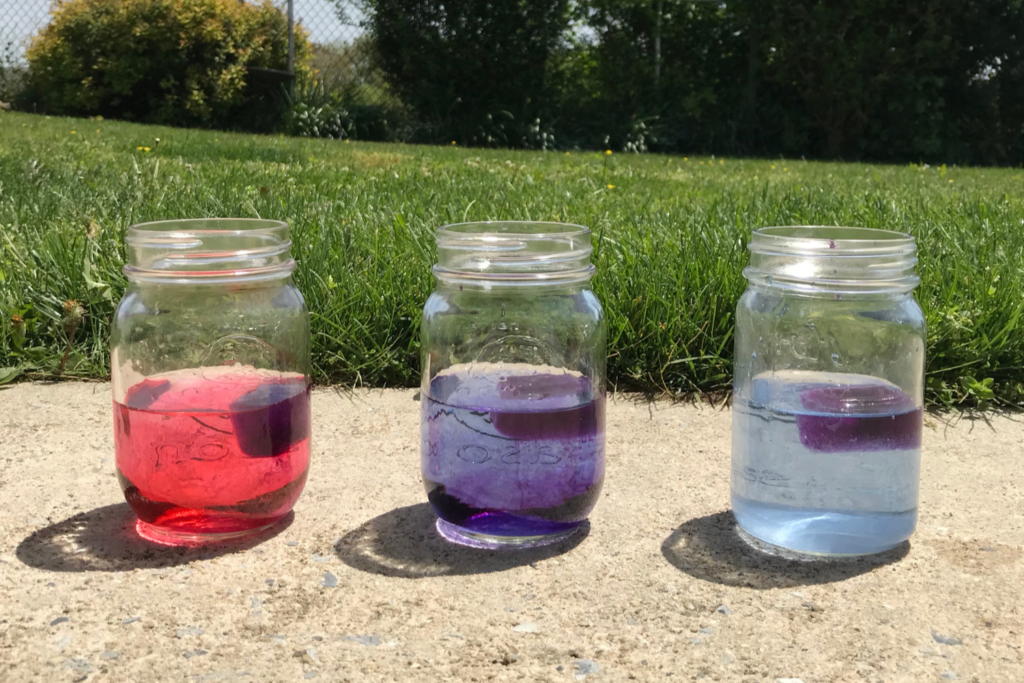
9. Explore Acids and Bases with Cabbage Juice Chemistry
Do your learners ever ask you to “make potions”? I don’t know if it’s due to the influx of magical-themed television shows and books in our home, or just an innate curiosity about the world around us, but my kids LOVE to mix up concoctions of all types. As a former Chemistry teacher, I secretly adore their inquisitive nature and have capitalized on their interests to introduce some basic chemistry principles using cabbage juice.
Yes, that’s correct, I said cabbage juice. Read on to learn about how this vegetable can be used as a natural indicator for exploring acid and base chemistry.
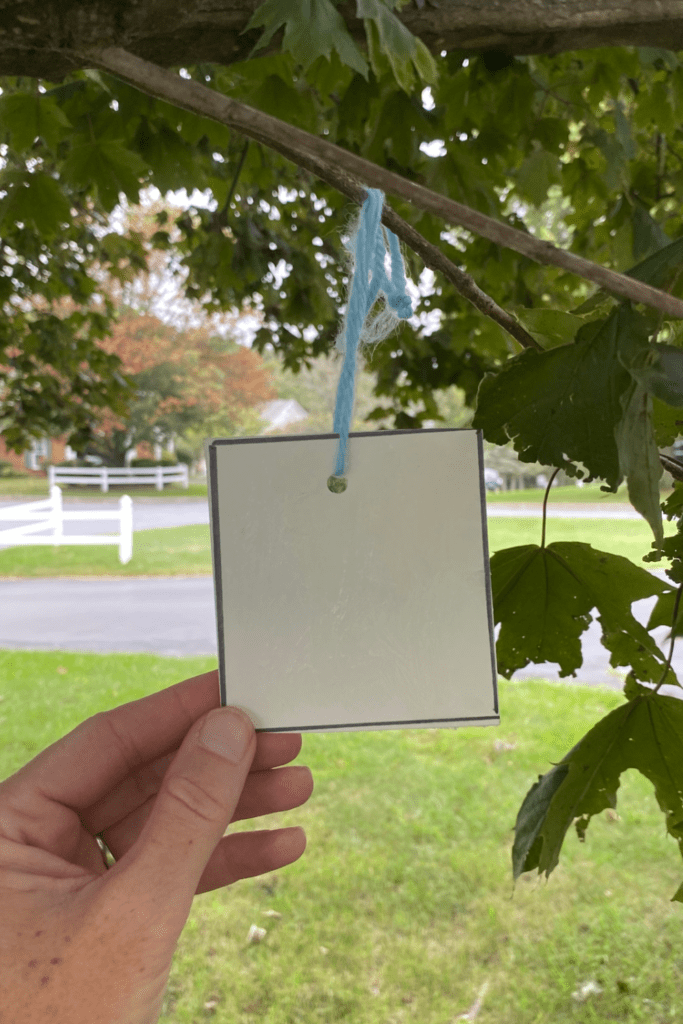
10: Visualizing Air Quality + Free Bilingual Printable
Looking for a simple way to visualize air quality with your kids? Try this science experiment that can be done at home or in a classroom to investigate indoor and outdoor air quality. This bilingual, hands-on activity comes with a free, multi-paged printable to guide your learners throught the science invesigation, written in both English and Spanish. Click here to learn more.
Earth Day Coloring Book for Kids
Whether you’re a teacher looking for a classroom activity or a parent seeking a fun project for your children at home, my printable coloring book is easy to use. Simply download and print the pages, then let children unleash their creativity as they color and learn about Earth Day and environmental conservation!
Read Aloud Books to Inspire Sustainable Actions
Reading books aloud to kids is always a meaningful activity—but when you choose books about real-life leaders in sustainability and science, it becomes something even more powerful. Earth Day is all about inspiring action and nurturing a love for our planet, and what better way to do that than by sharing the stories of people who’ve dedicated their lives to protecting the Earth?
These read-alouds do more than entertain—they introduce students to role models like Jane Goodall, Wangari Maathai, Greta Thunberg, and Charles Henry Turner, showing that one person can make a difference. Kids learn that sustainability isn’t just a concept, it’s a series of real choices made by real people who care deeply about the world.
Plus, reading aloud invites discussion. Students can ask questions, reflect, and even start to imagine what they might do to help the environment. It’s a low-pressure, high-impact way to spark curiosity and action. Best of all, it’s inclusive—every student can listen, imagine, and be inspired, regardless of reading level.
So this Earth Day, grab a book, gather your learners, and read aloud. You might just plant the seed for the next generation of environmental heroes.
More Ideas to Celebrate Earth Day with Kids
Two of my friends have also compiled some pretty awesome activities for Earth Day. Be sure to check them out:

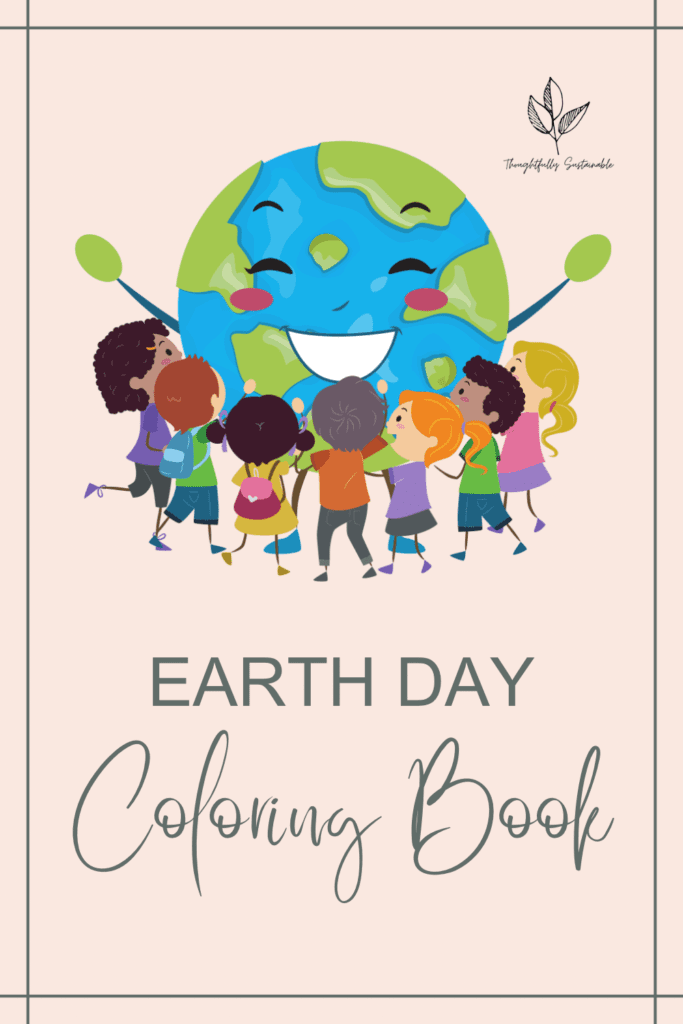
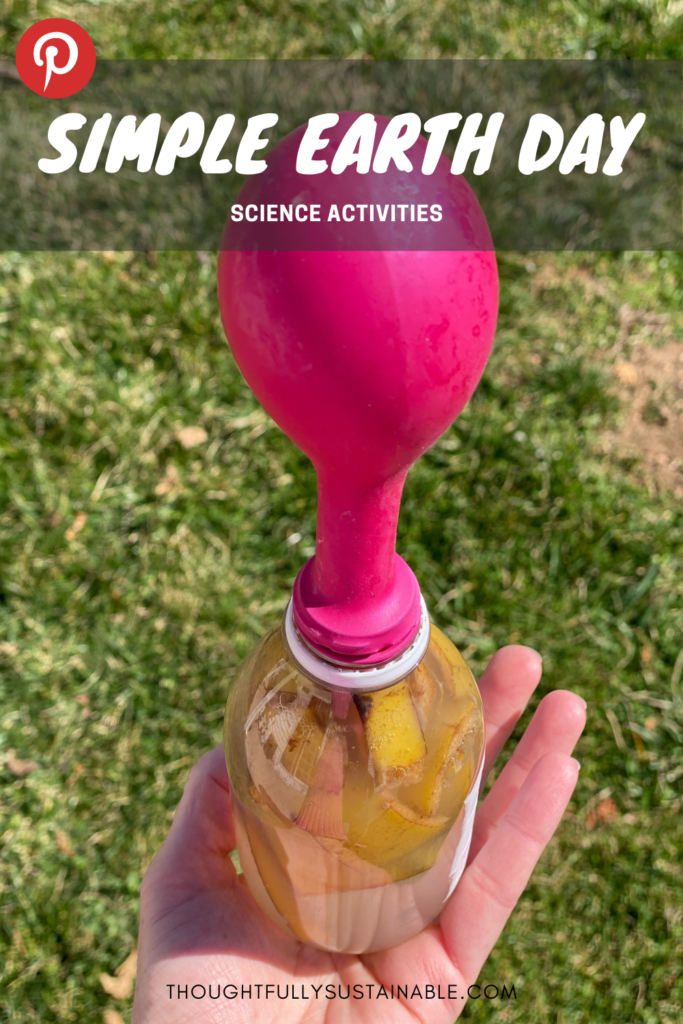
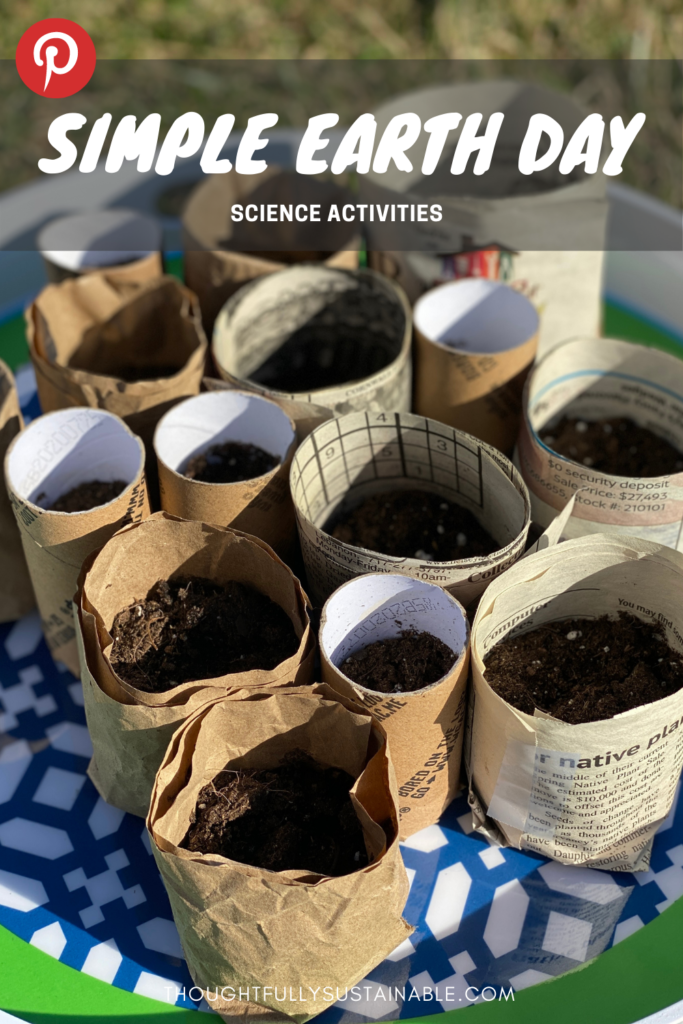
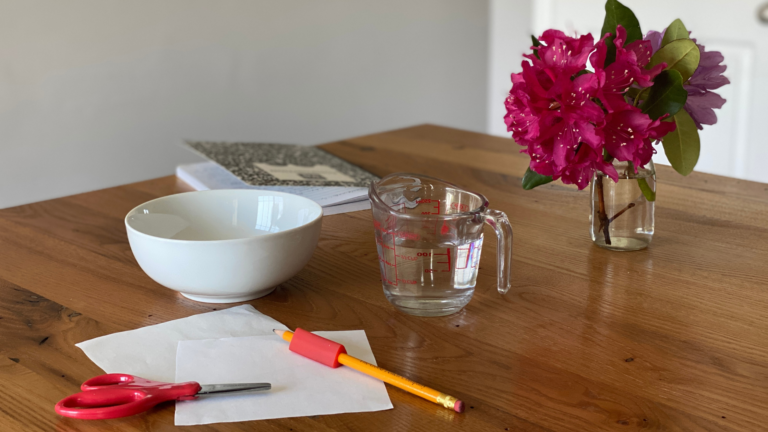
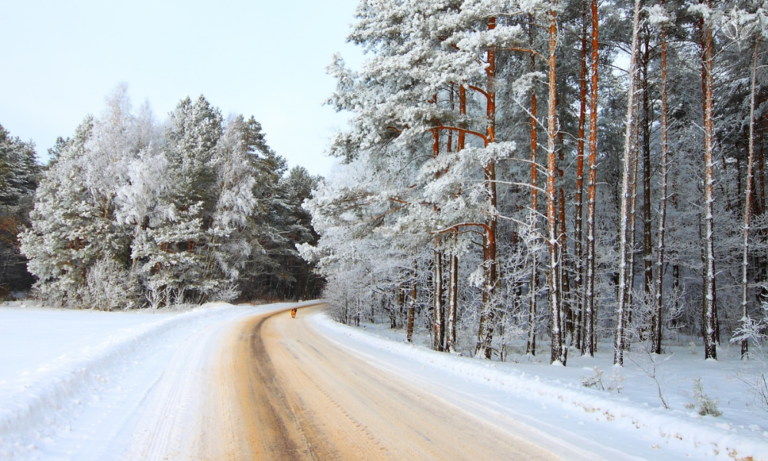
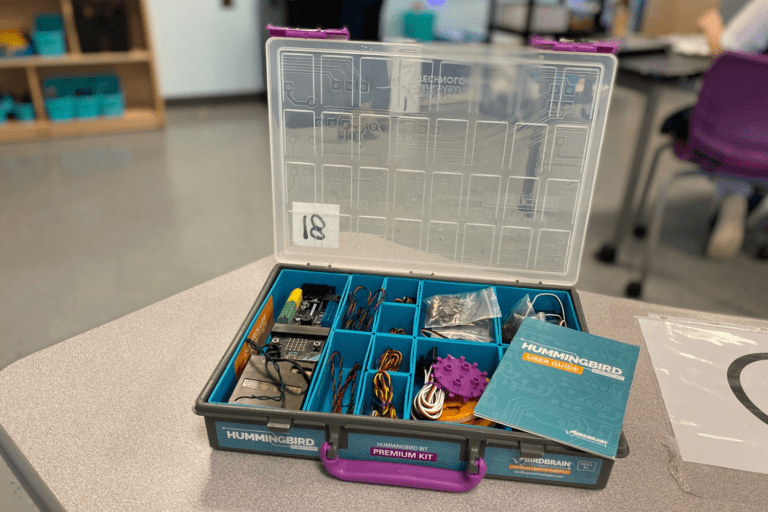
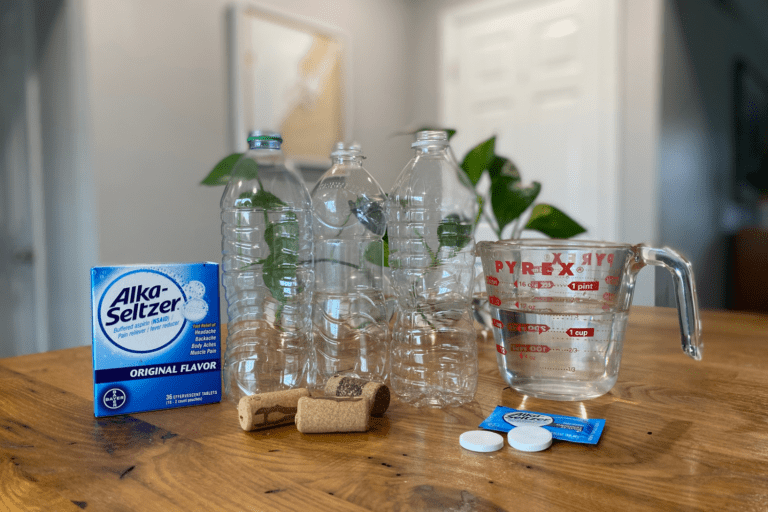
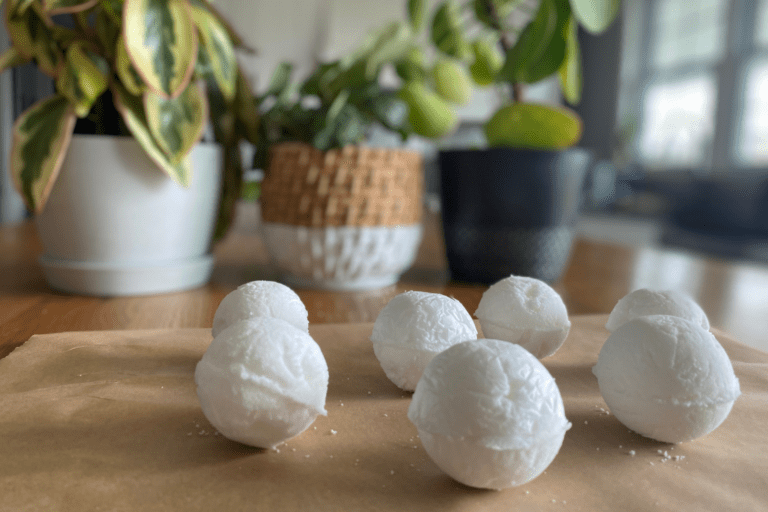
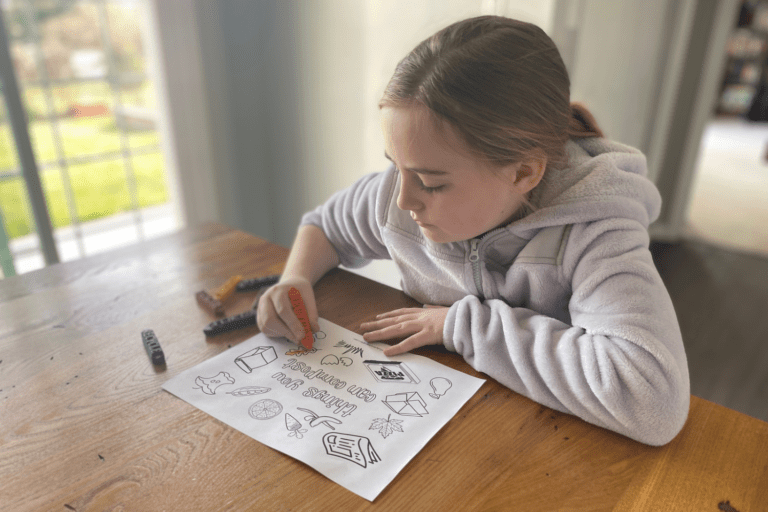
2 Comments
Comments are closed.